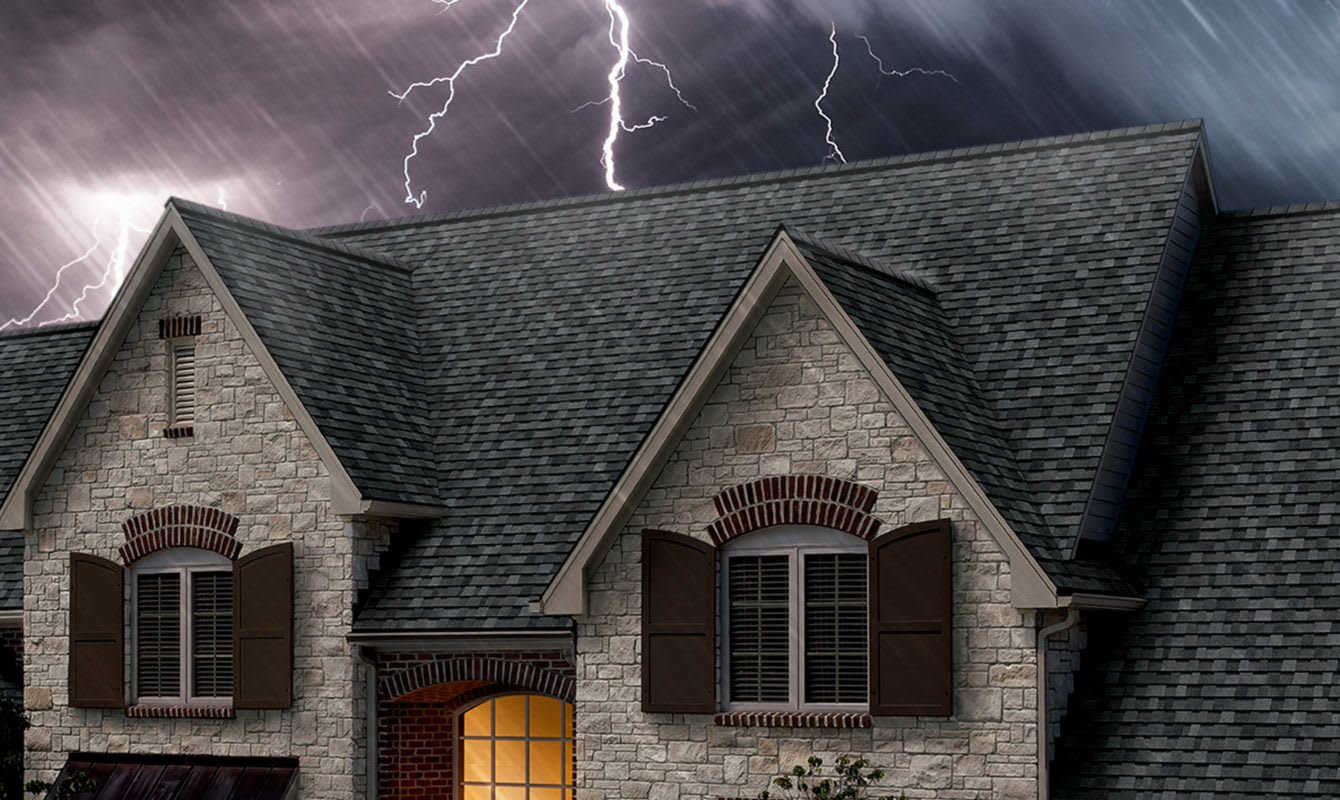Making your roof hail-resistant
While no roofing material can be completely "hail-proof," some options are more hail-resistant and can withstand hail impacts better than others. Here are some hail-resistant roofing choices:
Impact-Resistant Asphalt Shingles: Some asphalt shingles are designed to be more resistant to hail damage. These shingles often have reinforced layers or special coatings that help them withstand hail impact better than standard asphalt shingles.
Metal Roofing: Metal roofs, such as steel or aluminum, are generally more hail-resistant than asphalt shingles. They can handle impacts from smaller hailstones without significant damage. Thicker metal panels and standing seam metal roofs tend to provide better protection.
Synthetic Roofing Tiles: Synthetic roofing materials like polymer or rubber-based tiles are engineered to be highly durable and impact-resistant. They can endure hailstorms without cracking or breaking and are often more lightweight than traditional roofing materials.
Concrete Tiles: Concrete tiles are known for their durability and can withstand moderate hail impacts. However, they may still suffer damage from exceptionally large hailstones or if the tiles are already weakened.
Clay Tiles: Like concrete tiles, clay tiles are heavy and robust, providing reasonable protection against hail. They are commonly used in areas prone to hailstorms.
Slate Roofing: Natural slate roofing is exceptionally durable and can resist hail damage effectively. However, it is relatively expensive compared to other roofing materials.
When choosing a hail-resistant roofing material, consider the local climate and the typical size and frequency of hailstorms in your area. Additionally, look for products that have undergone impact resistance testing and have a good track record in hail-prone regions.
Keep in mind that while these roofing choices are more resistant to hail damage, extreme or unusually large hailstones can still cause some damage. Regular roof inspections and maintenance are crucial to identify and address any issues after a hailstorm and ensure your roof remains in good condition over time.


